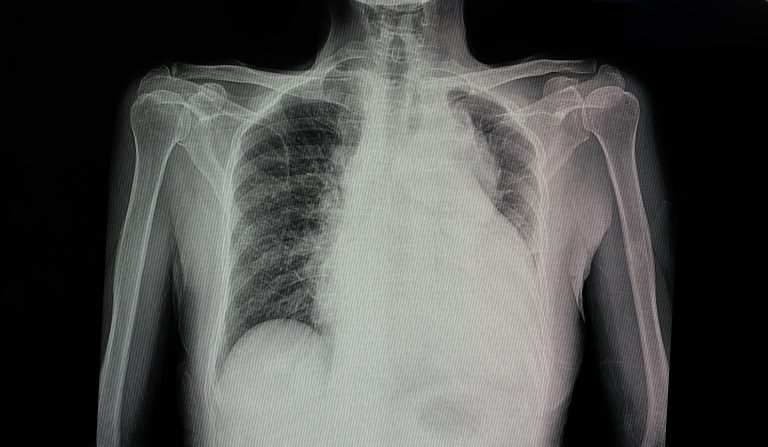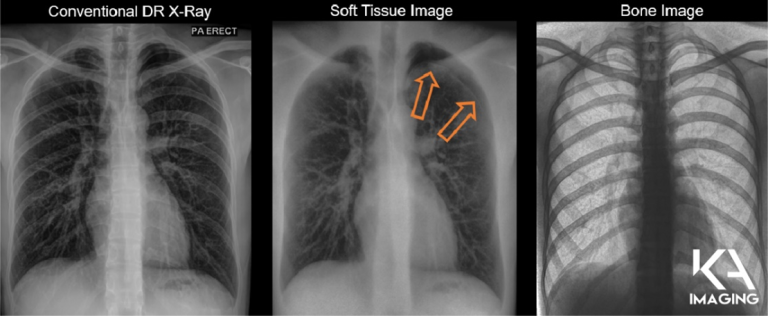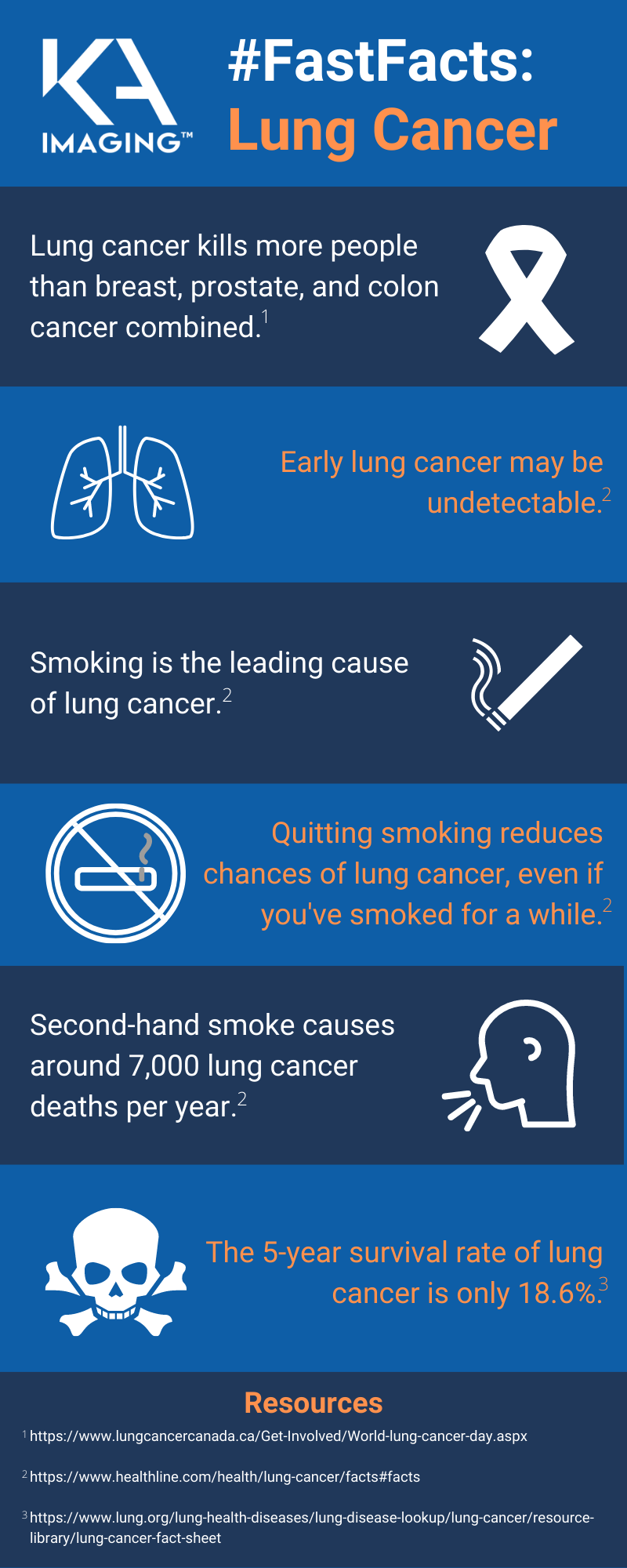KA Imaging Annonce Un Nouveau Financement Strategique pour la promotion de L’Innovation
In-Q-Tel et INOVAIT font partie de la liste solide des partenaires travaillant avec KA
WATERLOO, (02 Nov, 2022) – Le fabricant de rayons X KA Imaging a annoncé aujourd’hui un nouveau financement pour ses activités. Les deux nouveaux investissements sont destinés au détecteur Reveal™ 35C. In-Q-Tel, Inc. et INOVAIT font désormais partie de la solide liste de partenaires travaillant avec KA Imaging.
Imageries Spectrales dans les Urgences
L’un des projets, « Appareil à rayons X à soustraction à double énergie et à exposition unique pour la thérapie guidée par imagerie », vise à utiliser le détecteur Reveal 35C dans la salle des urgences. KA Imaging, en partenariat avec le Sunnybrook Research Institute, obtiendra des images radiographiques de patients et les utilisera pour développer de nouveaux algorithmes d’imagerie de séparation de matériaux pour des applications de thérapie guidée par imagerie en temps réel.
Le financement de ce projet a été assuré en partie par INOVAIT au moyen du Fonds stratégique pour l’innovation du gouvernement du Canada.
« Nous proposons une solution largement accessible et abordable pour améliorer la visibilité des tissus mous, des os et des corps étrangers, sans prolonger le temps d’acquisition ni la dose de radiation », a expliqué Karim S. Karim, directeur de la technologie de KA Imaging.
INOVAIT est un réseau pancanadien financé par le gouvernement du Canada et situé à l’Institut de recherche Sunnybrook dont le but est de créer un écosystème de thérapie guidée par imagerie qui favorise véritablement l’innovation continue et révolutionne les soins de santé à l’échelle mondiale. En soutenant l’établissement des connexions, la formation et des investissements dans les plus brillants cerveaux et les entreprises les plus prometteuses du secteur, INOVAIT soutiendra et encouragera le développement collaboratif ainsi que l’intégration de l’intelligence artificielle (IA) dans les technologies médicales.
Accéleration de l’innovation
KA Imaging a également signé un accord stratégique d’investissement et de développement technologique avec In-Q-Tel, l’investisseur stratégique à but non-lucratif qui accélère le développement et la livraison des technologies de pointe à la communauté de L’Agence Central de Renseignement des États-Unis (CIA) et de la sécurité nationale, ainsi qu’à ses alliés.
“La technologie brevetée de KA Imaging apporte des bénefices à des domaines d’application allant des soins de santé aux essais non destructifs.Les capacités uniques de soustraction d’énergie et de portabilité de Reveal en font une solution qui peut être efficacement et facilement déployée dans des environnements difficiles”, a déclaré Michael Falcon, partenaire d’investissement chez In-Q-Tel.
“Nous sommes ravis de faire partie du portefeuille d’In-Q-Tel et de renforcer nos liens avec IQT et ses partenaires gouvernementaux”, a déclaré Amol Karnick, Président et Directeur Général de KA Imaging.
À propos de Reveal 35C
Reveal™ 35C est un détecteur de rayons X portable par soustraction numérique à double énergie (DES en anglais) et à exposition unique. Propulsé par sa technologie exclusive SpectralDR™, il utilise la même dose de rayonnement qu’une radiographie de Rayons X traditionnelle pour créer 3 images différentes sans artéfacts de mouvement. Dans les applications médicales, cela signifie une radiographie numérique régulière, plus des images des tissus mous et des os. Sur le marché des essai non destructif (NDT en anglais), les capacités de soustraction d’énergie de Reveal peuvent être traduites en différenciation de matériaux, tels que les métaux et les plastiques.
À propos de KA Imaging
KA Imaging est une société issue de l’essaimage universitaire de l’Université de Waterloo spécialisée dans le développement de technologies et de systèmes d’imagerie à rayons X innovants dont le but est de proposer des solutions aux marchés industriels, médicaux, vétérinaires et des essais non destructifs.

 DIAGNOSTIC VALUE OF 𝘚𝘱𝘦𝘤𝘵𝘳𝘢𝘭𝐃𝐑ᵀᴹ IN LUNG LESION DETECTION: INITIAL RESULTS
DIAGNOSTIC VALUE OF 𝘚𝘱𝘦𝘤𝘵𝘳𝘢𝘭𝐃𝐑ᵀᴹ IN LUNG LESION DETECTION: INITIAL RESULTS






